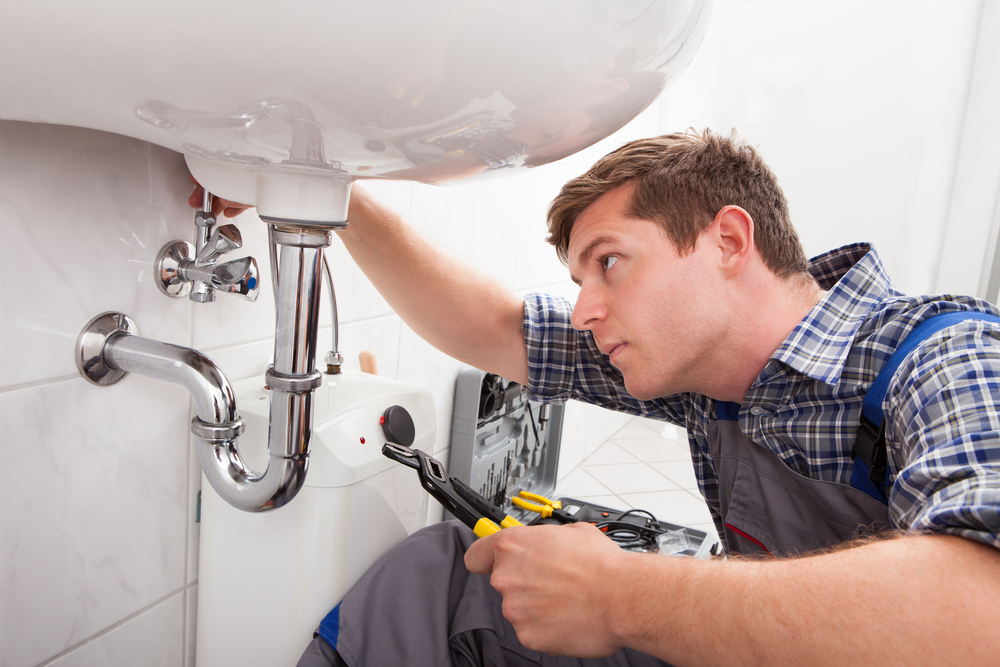Effective Maintenance Management: People, Processes and Technology

Rain or shine, keeping your properties in tip-top shape is necessary for happy owners, happy tenants, and excited prospects. But getting it all together behind the scenes can be a messy process.
Effective management of repairs and expenses goes beyond getting good deals on replacement items. As with many business applications, properly managing maintenance issues often comes down to people, processes, and technology. An approach that doesn’t involve a business solution that includes those three critical elements could fall short and cost a company money in terms of outgoing expenses or missed revenue opportunities for fee managers.
Having the Right People in Place Makes a Difference
Ideally, a good maintenance vertical should have a strong leadership team, established reporting structure, clear job descriptions, and a balanced vendor matrix.
Strong Leadership – Even the most tightly run properties have issues with vendors. Often, it’s not about whether you have issues, but how you manage them. Processes should be in place to closely manage each vendor to ensure that the property is getting the most for its money. The right person also is someone who can communicate on the vendor and corporate levels.
Established Reporting Structure and Job Descriptions – Maintenance personnel should be clear on who they are reporting to and how they are to be held accountable. Many properties have a staff that’s built around a catch-all philosophy. While they may be effective in some cases, a more structured team will always outperform.
Balanced Vendor Matrix – A good vendor matrix should include primary and secondary vendors for each type of maintenance category – plumbing, heating and air, appliances, flooring, etc. If you don’t, you are not ready to do maintenance.
Processes that Move Efficiently Create Opportunities
An effective maintenance program has streamlined processes that leverage revenue opportunities and keep costs down. A good process will create and identify revenue streams, establish business development strategies and enable proper execution of the plan. Effective execution may mean the difference whether you gain or lose trust with the client.
Streamlining Processes – Determine when the clock starts ticking on a job for an owner. Usually, it’s when the job is dispatched. If your processes are not tight, you will lose the bill. Be clear when that expense starts accumulating and who is going to pay for it.
Revenue Streams – Service requests, preventative maintenance, turnovers and inspections are revenue streams. If you are offering opportunities for doing additional interim inspections, you are missing opportunities for additional revenue. Be sure to break down the types of maintenance you’re doing.
Establish Business Development Strategy – Document and put timing around your strategy. Determine how much revenue and profit could be generated. A good strategy will enable a company to build trust with the owners and create long-term business relationships.
Execute Your Plan – Standardized pricing and vendor agreements are key components to executing a maintenance plan to owners. Take the time to create pricing structures based on how much time it takes to do the job. Include pricing for multiple tasks—replacing five ceiling fans instead of one, for example—and balance the rate. Investing time up front will make executing your maintenance plan easier down the line.
Technology is the Right Tool for Maintenance Programs
There is a difference between executing a process and a tool. Technology should be a tool to allow you to execute a process. If not properly rolled out, technology can work against you by creating increased workloads. It’s like hammering a nail with a wrench. Usually, that takes twice as much work as using a hammer. If you look for right technology tools to execute your business strategy, you will win.
Streamline Current Propertyware Methods – If you’re managing properties, you’re handling maintenance. Maintenance five years ago is completely different than where we are today. Owner and tenant expectations along with city and state compliance have all changed. Robust software platforms, like Propertyware, provide the right technology for companies to navigate through the changing maintenance arena. Understanding and setting up proper workflows in Propertyware will help make day-to-day maintenance issues much easier to handle for all parties involved.
Propertyware Maintenance – Propertyware maintenance is about managing ALL aspects of maintenance, including service requests, capital improvements, turnovers, and more. In the end, you will not only want to be able to track each task from the very beginning through to the very end of the project, you will also want to know how much time and money was made or lost and which vendors delivered.
Are you really ready for maintenance? To learn more about maintenance solutions, click here.







